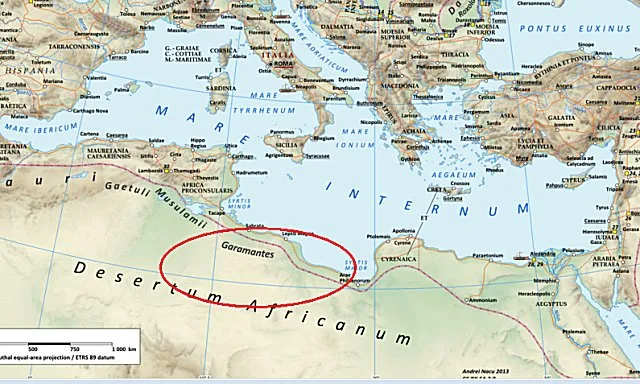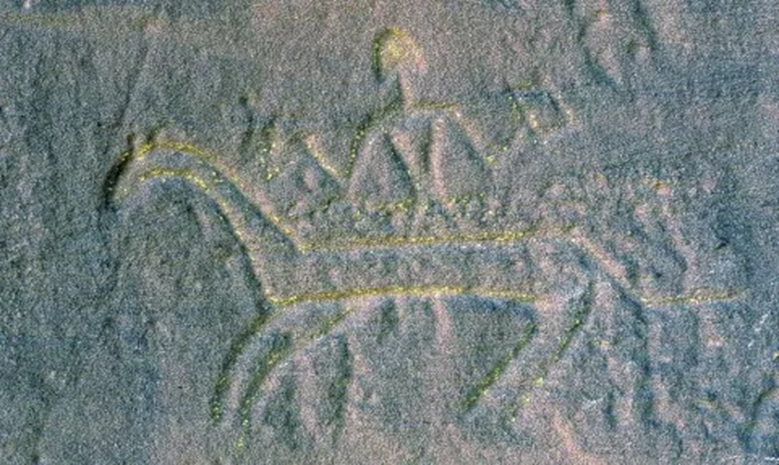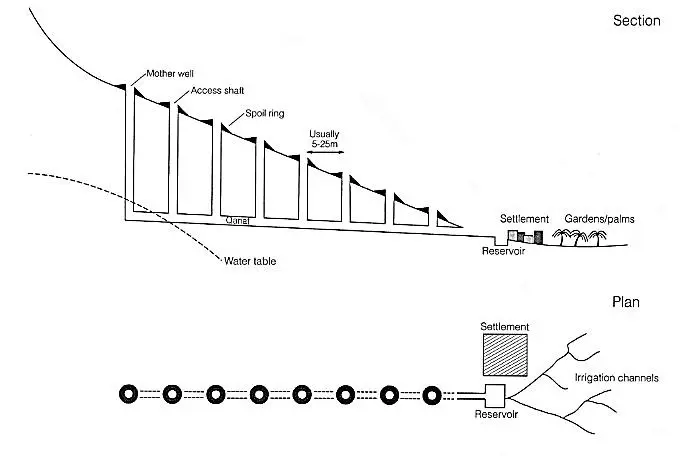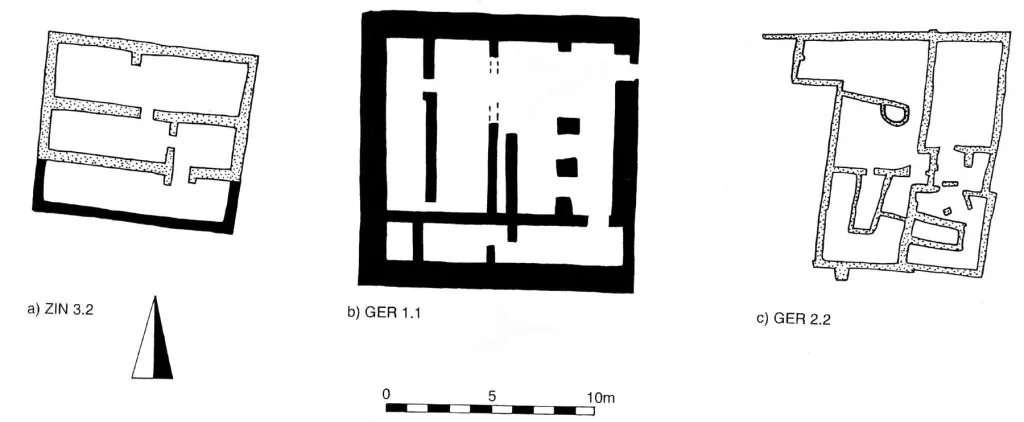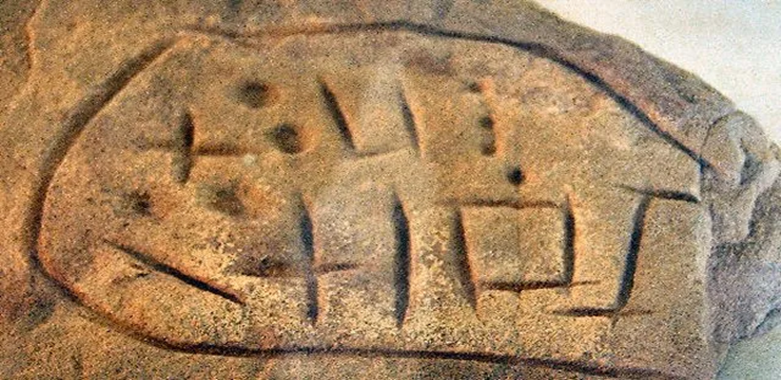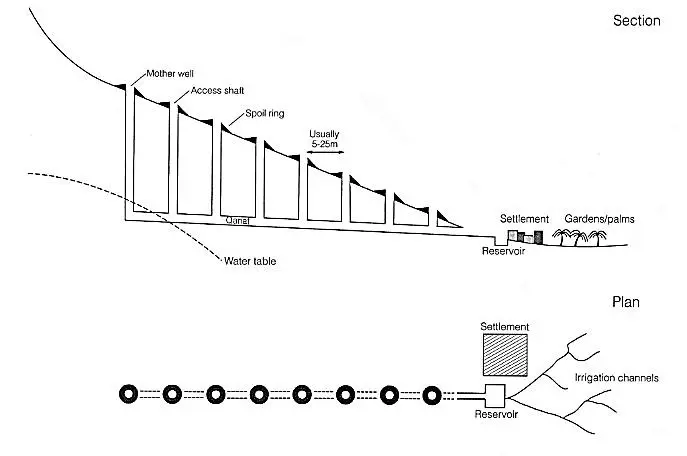The Garamantes: The Civilisation that mined Fossil Water from the Sahara for 1,000 Years
700 miles south from the Mediterranean coast, there, stretches a sub-beaten arid African desert, with temperatures that can rise up to 55 ºC in the summer, an average annual rainfall that is less than half an inch, and sometimes even it doesn’t see rain for years. One would never imagine that a lost 3,000-year-old-African civilization once existed in this part of the desert in southern Libya, a civilization that will help reshape the history of ancient Africa. This mysterious civilization of the ancient Saharan people is known as, the Garamantes.
If you tried to visualize the Garamantes, you would probably paint a mental picture of nomadic encampments, scattered villages and desert barbarians. However, the truth might surprise you when you know that the Garamantes built about three impressive cities, had a written language, pyramid tombs, armies of chariots and cavalry and ruled an empire of 70,000 square miles in the middle of the world’s largest desert. What’s even more surprising is that amidst the shortage of rain in this desert, they managed to successfully cultivate their land and create elaborate water and irrigation systems that one might think was too advanced and ahead of their time considering the limited equipment that they possessed.
The life of the Garamantes
Around 1,000 BC, the Garamantes were the tribal people living in the Sahara desert in a place called the Fezzan in Libya. The first time that they appeared in written record was in the 5th century BC when the Greek historian Herodotus wrote about them saying that they were a great nation who farmed dates, herded cattle and used four-horse chariots to hunt Ethiopian cave-dwellers living in the desert. The Roman historian and senator, Tacitus said that they used to raid the Roman coastal settlements. Records also show that Romans used to cross the desert to assault the Garamantes at their homeland. Either way, this military movement proves that they had a well-developed army.
A rock carving of the Garamantian cavalry, Zinkekra, Wadi Ajal
In the 1960s, archaeologists discovered parts of the capital of Garamantes, which is located in the present day Germa (about 150 km west of Sabha), and they named it Garama. The ruins found included forts, numerous tombs and cemeteries. Archaeological excavation revealed that the Garamantes had eight major towns and about twenty other settlements. The capital, Garama had a population of about 4,000 and about 6,000 were living in surrounding villages. Houses were either stone-built for the elites of the society, or they were mud brick-built for the common people. The mud-brick buildings which served as houses or workshops had two or three rooms, a hearth and a well. Other grand buildings were monumental, one of which was a temple with a columned porch and a broad set of steps at its entrance. Another one had a narrow entrance lined by two pilasters with a colonnaded courtyard. A Roman-style bath-house probably existed which is indicated by the finding of fragments of hydraulic cement, marble, hypocaust tile, and veneer. The plan and structure of the buildings, the elaborately moulded and painted mud-brick houses and the stone-footed buildings reveal that the Garamantes was ruled by a flourishing elite.
Plan of the excavated buildings in ancient Garama
Comparative layout of the excavated houses in Garama
Most of the Garamantes were farmers and merchants. Their diet was mainly comprised of figs, grapes, wheat and barley. As merchants, they used to trade wheat and salt in exchange for olive oil and oil lamps. Their control over the caravan trade was a major source of income. The Garamantian caravans and camel-trains transferred the products of Saharan Africa to the Roman cities bordering the Mediterranean. Products included gold, semi-precious stones, ivory, salt and wild animals that the Romans used for the arena. Evidence of metalworking and textile production was found at the archaeological sites, which shows that the Garamantes were skilled craftsmen and manufacturers. They used to process iron, bronze, and probably gold and silver. They also worked with semi-precious stones such as carnelian, a translucent red stone, and amazonite, an opaque turquoise. Some evidence also indicated that they might have been mining amazonite in the Tibesti Mountains.
The many rocks and ruins found have shown evidence that the Garamantes had their own spoken and written language. The ancient Garamante script is derived from pure Libyan Abjad script, which has a lot in common with the Egyptian hieratic script.
A rock with ancient Garamante script
The irrigation system developed by the Garamantes
Long ago, the Sahara was once wetter than it is today. This is indicated by the white crusts of calcium carbonate and other mineral deposits that were found across the desert representing ancient dried-out lake beds. However, the Garamantes civilization developed 5,000 years after the major period of the desert’s drying out occurred, yet, they managed to establish a successful agricultural system.
Even though most of the ancient lake waters dried out, some of it was sealed underground in rock formations known as “aquifers”. This sealed water is known as “fossil water”. Near the base of the rock plateau south of Wadi Ajal, water was running through a layer that was at a higher level than the depression of the Wadi.
The Garamantian knew that secret early on. Hence, they combined their knowledge of the underground location and path of the water along with an inspiration of the Egyptian and Persian irrigation methods and they created their own irrigation system.
They dug long underground channels known as the “foggaras” in order to tap the trapped water in the aquifer at the base of the slope and release it into the valley. The water then would flow continuously into the oasis cultivating the desert and allowing the Garamantes to locally grow figs, grapes, dates, olives, wheat, barley, sorghum and millet.
A layout of the Garamantian foggara underground irrigation system
The channels were usually narrow, less than 2 feet wide and 5 feet high, but many were several miles long. The channels were created and maintained by the use of a series of evenly-spaced vertical shafts with a total of 100,000 shafts, one every 30 feet, and they averaged 30 feet in depth with some reaching 130 feet in depth. A total of about 600 foggaras were dug underground extending for hundreds of miles.
The foggaras were dug by cutting through sand, gravel and clay and sometimes even through huge rocks. The construction and maintenance of this elaborate system were done either near the surface under the blazing heat of the Sahara, or in the deep dark and dangerous underground tunnels. It was a challenging task, and for such a system to be designed and implemented thousands of years ago with none of the modern-day assisting tools to make the task easier, it was definitely a huge advancement and an indicator that the Garamantes were not just an ancient African civilization, but an innovative ancient African civilization.
Bibliography
History of Herodotus. Book 4. Melpomene
Nikita, Efthymia (2011). “Activity patterns in the Sahara Desert: An interpretation based on cross-sectional geometric properties”. American Journal of Physical Anthropology. doi:10.1002/ajpa.21597.
Marta Mirazón Lahr et al. (2010) “Human Skeletal Remains, Fazzan, Libya”, The Society for Libyan Studies.
David Mattingly (ed.). 2003. Archaeology of Fazzan. Volume 1, Synthesis. London
https://thinkafrica.net/the-garamantes-the-civilisation-that-mined-fossil-water-from-the-sahara-for-1000-years/



